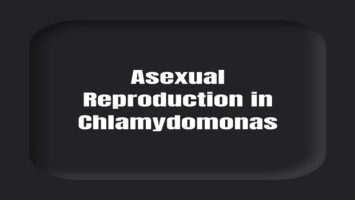Proto-oncogenes:
Cancer causing viruses are called oncoviruses, such as hepatitis B virus, Epstein-Barr virus, herpes virus, and papillomavirus. These oncoviruses possess oncogenes that transform normal host cells into cancer cells by integrating their DNA with the DNA of the host cells. The expression of many genes of transformed cells becomes uncontrolled causing cancer. About 20 viral genes are oncogenes. It is found that each viral oncogene has a nearly homologous nitrogenous base sequence in the DNA of normal animal cell. Such DNA segments in the animal cells, which are homologous to viral oncogenes, are called proto-oncogenes or cellular oncogenes. These genes stimulate cell growth and cell division. The mechanism of how these proto-oncogenes are “turned on” is still not known. This may happen in the following three ways:
(1) The oncovirus infecting a cell may insert its genetic material next to the proto-oncogene. The rapid replication of the viral gene stimulates rapid expression of the proto-oncogene next to it. Overexpression of proto-oncogene causes over-production of specific protein which initiates uncontrolled cell division resulting in tumour or cancer.
(2) The proto-oncogene might shift from its normal position to a place next to a gene that is normally very active. This causes activation of proto-oncogene stimulating cancer formation. This mechanism has been observed in cancer of white blood corpuscles. The chromosome breakage and reunion in these cells sometimes place the oncogene next to the antibody gene. This antibody gene stimulates proto-oncogene making the cell divide rapidly and repeatedly.
(3) Proto-oncogene may mutate to oncogene. This mutation may be caused by a virus or some other gene.









Comments (No)